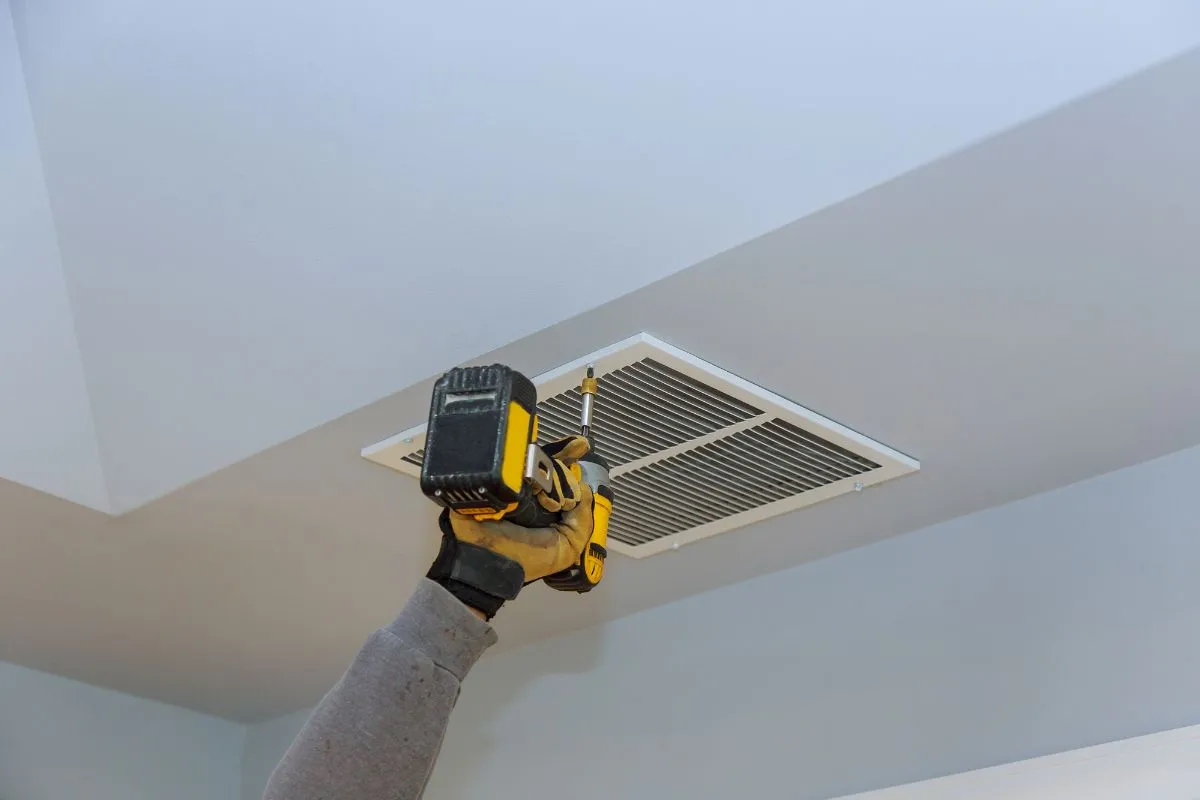Eco-Friendly Home Ventilation Systems: A Breath of Fresh Air for Sustainable Living
In today’s world, where climate change and environmental concerns dominate discussions, creating a sustainable home is more important than ever.
One of the essential components of a green home is an effective ventilation system that promotes indoor air quality while minimizing energy consumption.
This article explores eco-friendly home ventilation systems, providing insights into their benefits, types, and practical implementation.
Understanding Home Ventilation
Home ventilation is the process of supplying fresh air into a building while removing stale air. Proper ventilation is crucial for maintaining indoor air quality, regulating temperature, and reducing humidity.
However, traditional ventilation systems can lead to significant energy consumption. Eco-friendly ventilation systems aim to optimize air flow while minimizing environmental impact.
The Importance of Eco-Friendly Ventilation Systems
- Improved Indoor Air Quality: Poor indoor air quality can lead to various health issues, including respiratory problems and allergies. Eco-friendly ventilation systems help remove pollutants, allergens, and excess moisture, ensuring a healthier living environment.
- Energy Efficiency: These systems are designed to reduce energy consumption by utilizing natural airflow and advanced technology, which can lead to lower utility bills.
- Sustainability: By incorporating renewable energy sources and environmentally friendly materials, eco-friendly ventilation systems contribute to a more sustainable future.
- Increased Comfort: Proper ventilation helps regulate indoor temperatures, creating a more comfortable living space.
- Value Addition: Homes equipped with energy-efficient and eco-friendly systems are more attractive to buyers, potentially increasing property value.
Types of Eco-Friendly Home Ventilation Systems
1. Natural Ventilation
Natural ventilation relies on natural forces such as wind and buoyancy to move air through a building. This system typically involves strategically placed windows, vents, and other openings to facilitate airflow.
- Advantages:
- Low energy consumption
- Improved indoor air quality
- Cost-effective
- Disadvantages:
- Weather-dependent efficiency
- May not provide sufficient ventilation in extreme conditions
2. Mechanical Ventilation with Heat Recovery (MVHR)
MVHR systems use fans to extract stale air while recovering heat from the outgoing air to pre-warm incoming fresh air. This process reduces the energy required for heating.
- Advantages:
- High energy efficiency
- Consistent air quality regardless of outdoor conditions
- Reduced heating costs
- Disadvantages:
- Higher initial installation costs
- Requires regular maintenance
3. Exhaust Ventilation Systems
Exhaust systems actively remove indoor air, which creates a negative pressure that draws in fresh air through passive vents. This system is often used in conjunction with mechanical heating systems.
- Advantages:
- Effective in removing moisture and odors
- Simple design and installation
- Disadvantages:
- May lead to drafts and inconsistent indoor temperatures
- Limited ability to filter incoming air
4. Whole-House Fan Systems
Whole-house fans are installed in the ceiling and used to draw in fresh air from the outside while exhausting stale air. These fans work best during cooler parts of the day and night.
- Advantages:
- Cost-effective and energy-efficient
- Provides rapid cooling
- Disadvantages:
- Less effective in humid climates
- Requires open windows for optimal performance
5. Hybrid Ventilation Systems
Hybrid systems combine natural and mechanical ventilation strategies. They utilize natural airflow when conditions allow and switch to mechanical ventilation when necessary.
- Advantages:
- Flexibility to adapt to different weather conditions
- Balanced indoor air quality and comfort
- Disadvantages:
- More complex design and installation
- Requires monitoring and control systems
Choosing the Right Eco-Friendly Ventilation System for Your Home
When selecting an eco-friendly home ventilation system, consider the following factors:
1. Climate
The local climate significantly impacts the effectiveness of various ventilation systems. In cooler climates, systems that recover heat may be more beneficial, while warmer climates may favor natural ventilation.
2. Home Design
The architectural design and layout of your home play a crucial role in determining the most effective ventilation strategy. Homes with open floor plans may benefit from different systems compared to those with segmented layouts.
3. Budget
Evaluate the initial installation costs and potential savings on energy bills. While some systems may have higher upfront costs, they can offer significant long-term savings.
4. Maintenance Requirements
Consider the maintenance needs of each system. Some may require more frequent upkeep than others, which can impact overall costs and convenience.
5. Local Regulations and Incentives
Research any local regulations regarding ventilation systems and any available incentives for installing eco-friendly technologies. This can help offset costs and ensure compliance with building codes.
Implementing Eco-Friendly Ventilation in Your Home
1. Assess Your Current System
Start by evaluating your existing ventilation system. Identify areas where you can improve efficiency, such as sealing gaps, replacing filters, or upgrading to a more sustainable system.
2. Consult with Professionals
Engage with experts in sustainable building practices to determine the best solution for your home. They can help design a system tailored to your needs and ensure proper installation.
3. Consider DIY Options
For those with a knack for DIY, there are various strategies to improve home ventilation without a complete overhaul. Simple tasks like adding vents, installing window fans, or creating cross-ventilation can enhance airflow.
4. Monitor and Adjust
Once your eco-friendly ventilation system is in place, regularly monitor its performance. Make adjustments as needed to optimize efficiency and indoor air quality.
Conclusion
Incorporating eco-friendly home ventilation systems is a crucial step toward creating a sustainable and healthy living environment.
By improving indoor air quality, reducing energy consumption, and enhancing overall comfort, these systems not only benefit homeowners but also contribute to a greener planet.
Whether you opt for natural ventilation, mechanical systems, or a hybrid approach, making informed decisions will lead to long-term advantages for both you and the environment.
Embrace the fresh air of change and invest in an eco-friendly ventilation system today!





